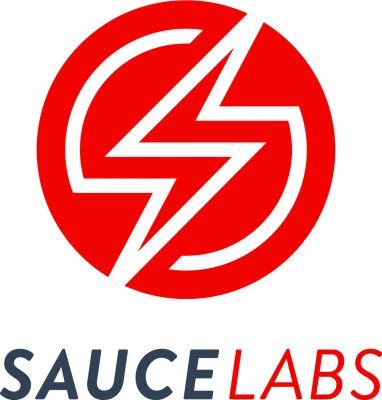Sauce Labs, the San Francisco cloud provider is adding non-functional testing to its core of functional testing services with the acquisition of Screener, a Vancouver-based provider of visual testing solutions. Sauce Labs had signalled its plans to go on the acquisition trail with the announcement last month that it had secured $50m of funding from private equity firm Riverwood Capital. Sauce Labs says the deal enables it to offer a combination of functional, performance and visual testing. “At the highest level we are seeing more and more firms striving for digital excellence in their apps, and that means they need those testing options,” said Lubos Parobek, VP of Products at Sauce Labs. The Screener acquisition will help Sauce Labs improve rates of automation for its clients, Parobek said. “The problem for a lot of companies is that they have done the visual testing manually, at the end of the development process, literally by getting some people to walk through the app in person and see how it works. But humans are fallible and we want to make automation easier, with faster feedback earlier in the development cycle.” Screener uses a document object model approach to visual testing that facilitates the granular UI testing of web pages (for example by ignoring parts of the page, such as advertising spaces, that do not need testing) and the integration of visual testing into functional testing workflows, Parobek added. Atomic testing Sauce Labs has meanwhile launched a new survey that benchmarks firms’ progress in continuous testing – and revealed that only a small proportion are achieving what Sauce Labs has defined as excellence in test quality. The survey is based on anonymised data from Sauce Labs’ continuous testing platform – 75 million tests conducted between June and end-December 2018 – and it identifies four best practices the firm says is necessary to achieve continuous testing excellence. Those four are: test quality (with a benchmark is a 90% pass rate for all tests run), test run time (two minutes or less), test platform coverage (testing against at least five platforms, and test concurrency (leverage at least 75% of available test capacity during peak periods). But while 62.5% of firms are hitting the excellence benchmark in test coverage and 71% for test concurrency, far fewer (18.75%) are achieving the same benchmark in test quality. And just 6.23% of surveyed firms achieved a 100% score for excellence across all four categories, underlining the relatively early stage of continuous testing as a strategic imperative in the DevOps era, Sauce Labs concluded. The survey also showed that, among desktop browser tests, organisations in the technology and banking sectors account for 43.1% and 33.9% of all tests, respectively. Retail, media and healthcare round out the top five, in that order, but significantly lag the technology and banking sectors. Banks and other financial firms did not score markedly differently from technology firms in terms of the quality benchmarks they hit, said Sauce Labs’ Lubos Parobek. “One of the key things that came out of the survey is the value of atomic and autonomous testing,” Parobek said. “In the early days of test automation, the focus was on scripting what had been the manual testing process. So automated test scripts were relatively long. But to be effective, tests should be as small as possible, and also independent of other tests. If you get your test times under two minutes, a lot more will tend to pass. And that’s why it’s important that apps are developed in a way that makes it easier to test in that way.”
Menu




